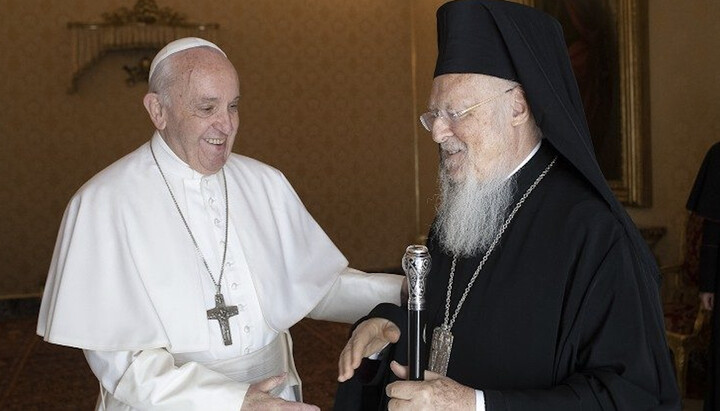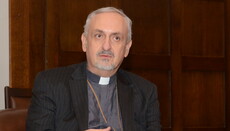Towards ecumenism: The Vatican issues document challenging papal primacy

The document stresses the need to approach papacy in modern terms of the decentralization of papal authority and the increase in the role of regional church structures.
The Vatican has launched a new document on the papacy aimed at changing the understanding of papal authority and primacy to update ecumenical relations and enhance synodality.
The document, titled "The Bishop of Rome. Primacy and Synodality in Ecumenical Dialogues and Responses to the Encyclical Ut Unum Sint", was presented at a press conference in Rome on June 13.
This document, as assured by the Vatican, "summarizes the entire ecumenical debate on the service of primacy in the Church since the Second Vatican Council."
It is the result of nearly four years of work by the Dicastery for Promoting Christian Unity (DPCU). The process was initiated in 2020 to mark the 25th anniversary of the encyclical Ut Unum Sint.
The document, created under the guidance of the DPCU, has received support from Orthodox and Protestant theologians, as well as the Roman Curia and the Episcopal Synod of the Roman Catholic Church.
Although the document does not suggest a new official position of the Vatican, it gives "a strong indication of probably future direction on the papacy which may soon emerge, partially from the Synod on Synodality."
In the foreword to the 150-page document, Cardinal Kurt Koch, Prefect of the DPCU, expressed hope that "it will promote not only the reception of the dialogues on this important topic [the papacy], but also stimulate further theological investigation and practical suggestions, ‘together, of course,’ for an exercise of the ministry of unity of the Bishop of Rome."
The document considers various perspectives on the ministry of unity in a reunited Church and includes "the blueprint for a new understanding of the papacy and papal primacy in the 21st century, an era marked by a focus on ecumenism and 'synodality'."
The document emphasizes the need to reconsider the understanding of the papacy in the modern context, which includes the decentralization of papal authority and the increase in the role of regional church structures (dioceses, parishes, etc.).
This change implies more active and comprehensive involvement of the Church in synodal processes and increased autonomy of episcopal conferences.
One of the key proposals is changing the perception of papal primacy and its relationship with synodality.
Another important aspect is ecumenism, which the document proposes to develop through regular meetings of church leaders at the global level. This, according to the authors of the document, will help make the already existing communion between different Christian communities visible and deepen it.
“A last proposal is the promotion of ‘conciliar fellowship’ through regular meetings among Church leaders at a worldwide level in order to make visible and deepen the communion they already share,” the text reads. “In the same spirit, many dialogues have proposed different initiatives to promote synodality between Churches, especially at the level of bishops and primates, through regular consultations and common action and witness.”
Finally, “building on the above principles and recommendations, which are fruits of common ecumenical reflection, it may be possible for the Catholic Church to renew the exercise of the ministry of the Bishop of Rome and to propose a model of communion based on ‘a service of love recognized by all concerned’," the text opines.
Previously, the Catholic edition reported that the Pope discussed his primacy in the reunited Church with Orthodox leaders and later explained what it would be like.











